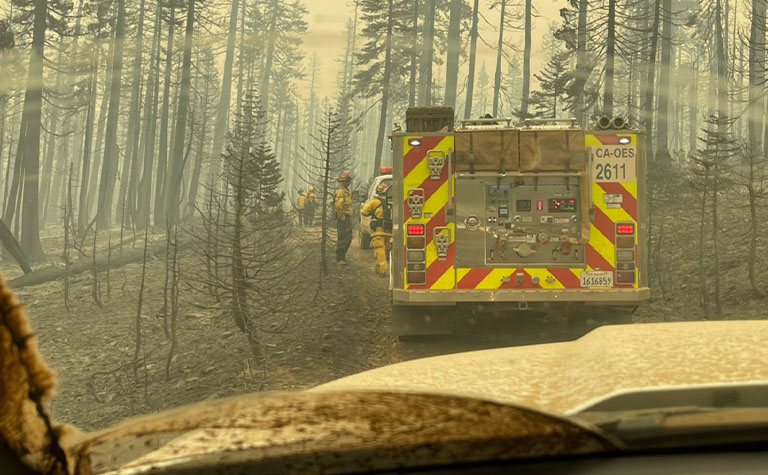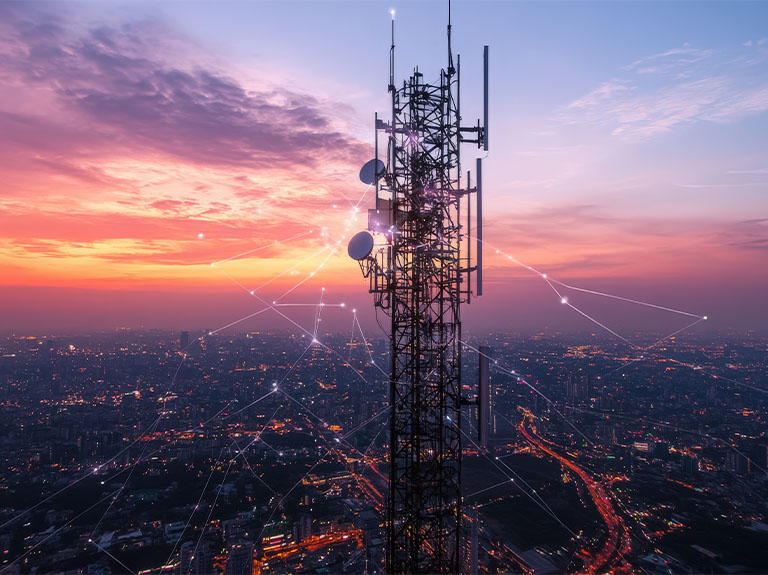One in three U.S. adults say they’ve been personally affected by an extreme weather event in the past two years. In 2021 alone, the U.S. experienced more than 60 extreme weather and climate events.
That’s why AT&T has been working with the U.S. Department of Energy’s Argonne National Laboratory for several years to develop projections of how climate change will drive increased natural disasters over the next 30 years.
We started this project so we could help inform efforts to create a more resilient network, which is critical for the millions of people who rely on the connectivity we provide. While we’ve made significant investments to increase network resilience, the unprecedented climate impacts of the last few years have reinforced the need to take further action to prepare for today’s changing environment.
At first, we focused on modeling inland flooding caused by rainfall, coastal flooding from hurricanes, and wind events across four southeastern states.
But we know flooding and winds are not the only weather events that have become more frequent and severe due to climate change. And we know climate change is not limited to specific communities, states or regions.
Today, I’m proud to announce that we have expanded our forward-looking data to include insights around future wildfires and droughts across the contiguous 48 states. As always, this data is available to the public, which allows not only AT&T, but also the people and the communities we serve to apply it to their own climate adaptation efforts.
The new datasets are available for download here. Later this year, we’ll release additional data on coastal and inland flooding and high-intensity winds for the lower 48 states.
Our network teams across the country are beginning to use information generated from our Climate Change Analysis Tool (CCAT) to make data-driven decisions to improve resilience and better serve our customers.
For example, our teams can use the tool to understand impacts and assess risks, shaping network activities such as new infrastructure build sites, and the relocation or retrofitting of existing equipment. This helps us to better prepare and support our customers, including America’s first responders and the communities they serve.

We are also committed to working with external organizations to further increase awareness and use of the climate data. We have already worked with Argonne, The National Fish & Wildlife Foundation, EcoRise, the New York Power Authority and a group of five universities in the Southeast on resilience projects. We will continue to look for opportunities to build on these efforts with additional organizations, particularly NGOs, that would like to use the data.
Truly adapting to climate change requires close collaboration between the public, private and nonprofit sectors. It’s an area where you don’t compete; you collaborate. The data we’re releasing today is one piece to help solve the climate puzzle, and we look forward to the next steps on our journey toward making the U.S. a more climate-resilient country.


